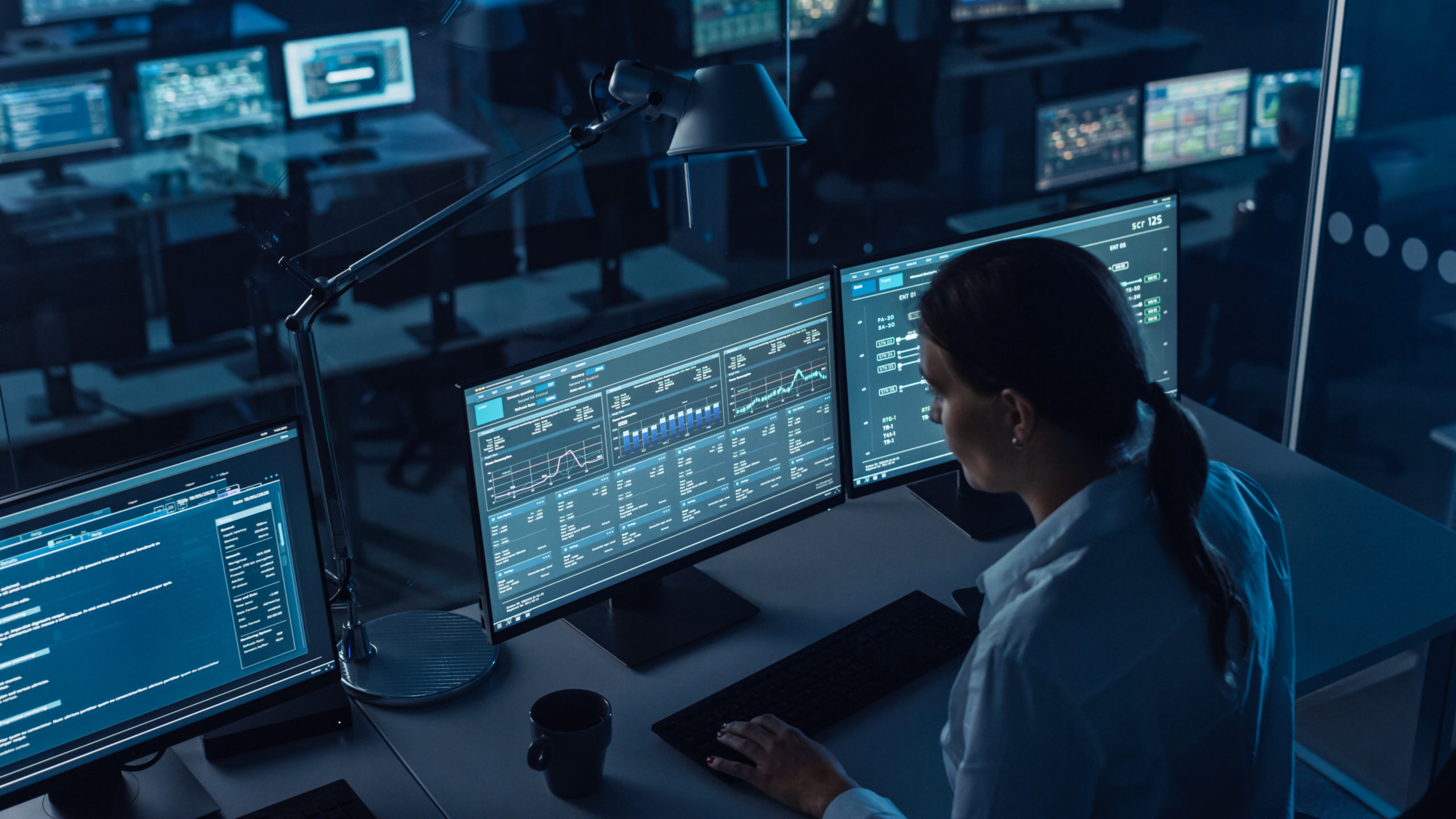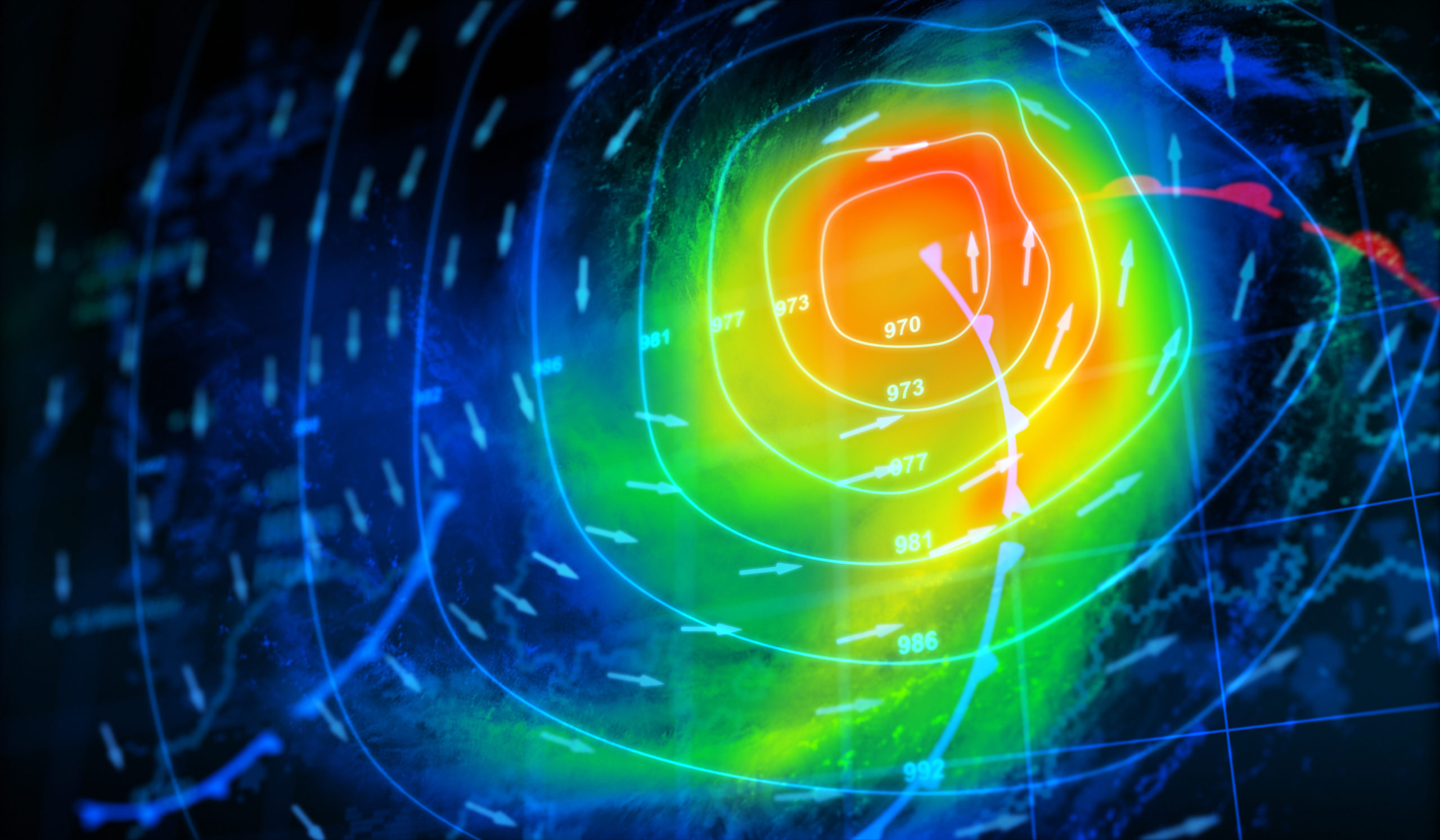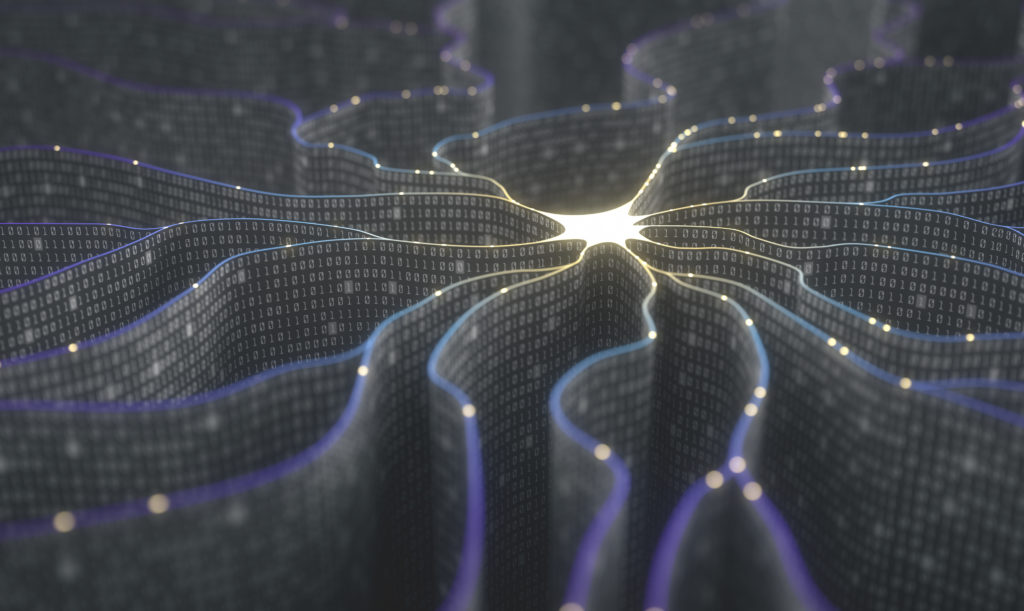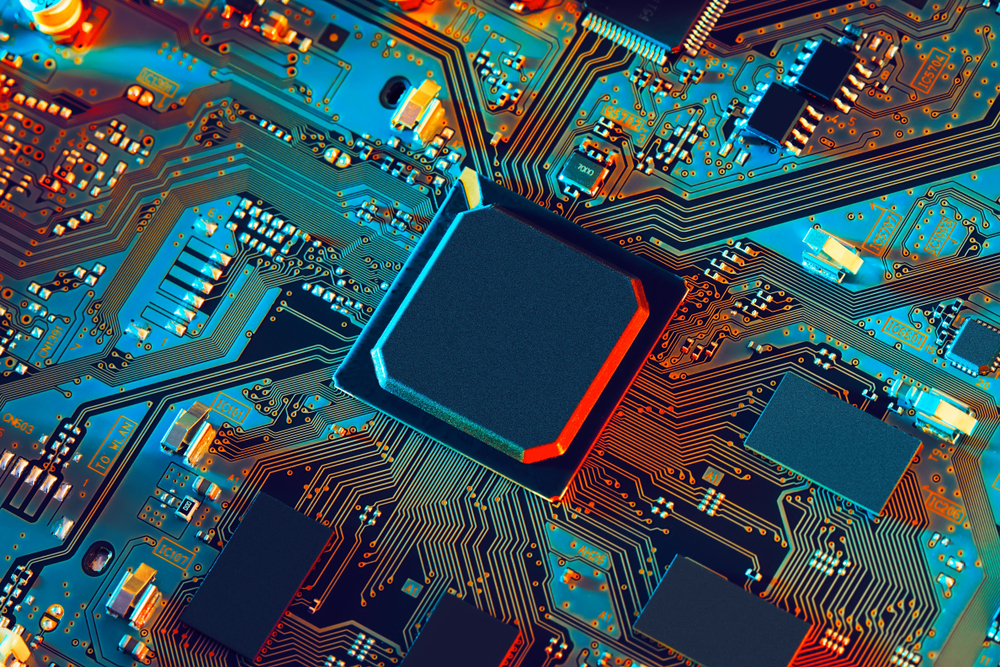
The European Patent Office has recently confirmed that computer simulations can be patentable. However, whether or not a simulation is likely to be patentable isn’t always straightforward.
This article looks at some of the patentable and non-patentable examples recently provided by the EPO, which should provide some guidance as to the types of simulation that are allowable.
Not all simulations are ‘technical’ — e.g. simulations facilitating shopping
It has long been established that an invention must be ‘technical’. However, simply having a ‘technical’ element in a simulation now might not be enough.
A method of planning a shopping trip to visit different shops is not patentable because neither the selection of shops presented to the user nor the transmission of the selection to the user provide a technical benefit — the benefit is to the users. Additionally, the user can ignore the suggestion, in which case there is no benefit.
Technical features may be found to be non-inventive if they don’t help solve the technical problem — a technical step within a simulated process may or may not contribute to solving the problem.
Simulations don’t have to do anything ‘real’ — e.g. a computer program or control signals
A method for creating an index file and the resulting index file might be allowable because they determine the way a computer searches for information and a search is a ‘technical’ task. Similarly, control signals for a printer might be considered patentable. Simulations specifically adapted for execution on a particular operating system or piece of hardware could also be patentable if the specific adaptations require the internal functioning of a computer to be taken into consideration.
Whilst a direct link with the real world is certainly useful, it is not needed in every case. This is because the computer program may have the potential to cause a further technical effect going beyond the effects within the computer when the program is actually run. In the first example above, the index file has the potential to cause the further technical effect of a more efficient computer search.

Simulated data needs a purpose — e.g. digital image processing or control data
A defibrillation pulse sequence comprising defibrillation pulses delivered by a defibrillation device may be patentable because they are similar to control signals which have a potential further technical benefit when used.
Although the generation of data may not be considered to have a technical effect, processing the data in its technical context is considered to have a technical effect. For example, the EPO considers a method of digitally processing images to be technical compared to the non-technical method of performing the mathematical steps that underlie the image processing technique.
What we learn from the above examples is that functional data for controlling a technical device has technical character due to its potential to cause a technical effect. In other words, the data is specifically adapted for the purposes of its intended technical use. In contrast, if data has relevant uses other than the technical uses limitations to use of the data with a technical device are needed in the claim.
Calculations need a purpose — e.g. calculating status information or parameter values
Calculation-based simulations can only be considered if use of the calculation result is limited to a technical purpose. For example, establishing a limit value for an operational parameter of a nuclear reactor and the simulation resulting in a numerical value for the limit values is considered patentable in principle.
Performing a calculation would appear ‘technical’, however the calculation itself merely outputs data and does not inherently have any further technical use. For example, calculated status information or physical properties concerning a physical object is information that may reflect properties that occur in the real world, but ultimately they are just data that can have many different uses. Simply calculating the behaviour of a system and outputting the calculated result is not enough. In the absence of a limitation to a specific technical use of the data, the data output is not deemed to be allowable.
Simulations should be accurate — e.g. simulating flight trajectories or speed of objects
If an existing system is being modelled the simulation must be based on reality for it to be technically useful, within reason.
For example, simulating a flight trajectory does not require the inclusion of drag effects if the simulation relates to dropping a stone from a building but would require drag effects to be considered if the simulation relates to a shuttlecock in badminton game. As another example, relativistic effects can be ignored when simulating the speed of road vehicles but should be considered in the context of satellite navigation.
Non-existing systems can also be modelled. Simulating systems which are currently unrealistic improvements of known systems (e.g. given current technology limits) or simulating dynamic processes which are avoided in the real world (e.g. determining limit values for operational parameters of a nuclear reactor) may be patentable.
We can see that whilst the degree to which a simulation represents reality is not a factor in patentability, an improvement is generally not found if the simulation is not accurate enough for its intended purpose.
Simulating non-technical systems may be allowable… — e.g. weather forecasting
Natural systems (e.g. weather) are not considered technical systems but (non-technical) physical systems that can be modelled.
In a first example, a weather simulation is used for forecasting a value of a weather-based structured financial product based on input of real weather data and calculations of weather forecast. Here, the simulation outcome (i.e. an improved weather forecast) is not technical because it is used to forecast a value of a financial product, this being a non-technical business use for the simulation.
In a second example, the outcome of the same weather simulation is instead used to automatically open and close window shutters on a building. Here there is control of a technical system, the window shutters, and the simulation is used in a technical context. As a result, a further technical effect is present and therefore this specific use of the simulation is in principle patentable.
Whilst simulations can relate to technical and non-technical systems, simulating a technical system does not automatically make the simulation patentable. For example, simulating a billiard ball being struck does not solve any technical problem and so this simulation is not patentable. Conversely, simulating some non-technical (e.g. natural) systems may solve a technical problem and so this use for a simulation may be patentable.

… But often they are refused — e.g. delays in human activities or more efficient scheduling
Simulating a security checkpoint for screening persons and their carry-ons (e.g. at airports) is not patentable if the delays modelled by the simulation relate to human behaviour because the simulation outcome is usable only in the non-technical context of instructing people to queue in an orderly manner. If the simulation outcome instead relates to delays caused by technical details of the x-ray devices or metal detectors this could be allowable because the outcome of the simulation is being used to control technical devices.
Similarly, determining an efficient schedule for multiple agents in a telephone call centre is not patentable. Here, the outcome of the simulation provides a more efficient schedule which is a business aim and excluded from patentability.
These examples demonstrate that it is the lack use of an outcome of the simulation in a technical context, rather the non-technical nature of the simulation itself, that leads to non-patentability.

Human decisions based on the output are not patentable — e.g. deciding to build (or not) a prototype
A simulation forecasting bad weather may result in lower fuel consumption but this is a result of humans choosing not to drive their cars when it rains rather than as a direct result of the weather forecasting process. If a simulation leads to a human decision to take or not take an action (e.g. build or not build a prototype) this simulation is not patentable because the human decision interrupts the technical chain. Again, we see that if a simulation results in a numerical output, the further use (or lack of) this output determines whether there is a patentable invention or not.
Conclusion
All the above examples illustrate the take-home point that it does not matter whether the underlying system being simulated is technical or non-technical, but what matters is whether an outcome of the simulation is being used in a technical context.
If you would like more information on protecting your innovation, please find my profile here or contact us at gje@gje.com.
GJE’s computer technology team have put together a comprehensive collection of content designed to equip your business with insight into simulations and the role intellectual property has in its development. To view the full collection, click here.


